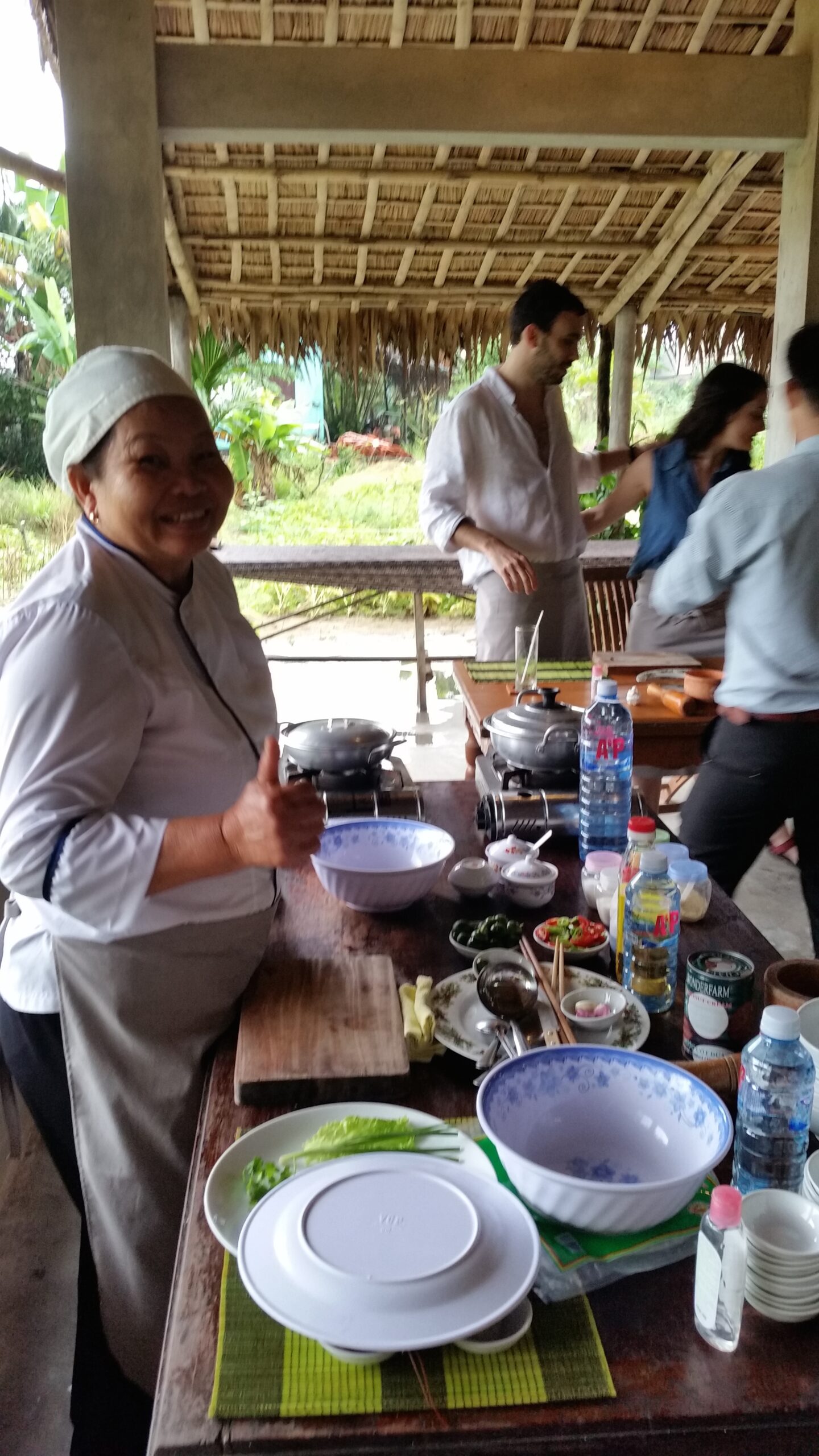Day 1
India’s largest city, Mumbai has 13 million people. The trains alone carry six million people per day—equivalent to the entire population of Israel.
Mumbai trains were built to hold 1700 passengers, but they often carry three times that number, leading to such notorious crowding that railways have given peak hours a special name: the Super Dense Crush Load. In order to keep women out of the Super Dense Crush, Mumbai offers one of the world’s few rail lines exclusively for women—the Ladies Special.
Every year in Mumbai, 3500 people die on the train tracks—an average of ten per day. Although there are pedestrian overpasses at every station, many passengers chose to save a few minutes by crossing the tracks instead—a dangerous decision.
Crossing the train tracks in Mumbai can be quite hazardous, but the trains themselves are extremely safe—the city has one of the best safety records in all of India. On the Western line, not a single crash has occurred in living memory.
Mumbai trains carry 200,000 custom-made lunches every day, delivered around the city by 5,000 white-garbed couriers called dabbahwallahs. Perhaps the world’s only large-scale delivery system that works without any documents, most dabbahwallahs can’t read and instead use an efficient coding system of colours, numbers, and letters.
The dabbahwallahs’ century-old delivery system is recognized as one of the best managed supply chains in the world. Forbes magazine awarded the system its highest rating, Sigma Six—a rating shared with corporate giants like General Electric and Motorola, signifying less than one error per one million transactions.
Bombay was recently renamed for an ancient goddess: Mumbai.
For those of us who fetishize urban factoids, Mumbai is a goldmine of superlatives: it’s one of the densest cities in the world; it’s home to both Asia’s largest slum and the world’s largest and most expensive single-family home.
Mumbai has just 1.1 square meters of open space per person.
That concludes the fun facts—(not my writing, but good info to know. I hope you read the part about the dabbahwallahs.)
It took us about 2 hours to drive from north Mumbai to south Mumbai. I almost regret that we will not experience the trains.
Out driver took us directly to Fabindia:
“Fabindia is India’s largest private platform for products that are made from traditional techniques, skills and hand-based processes.
Fabindia links over 80,000 craft based rural producers to modern urban markets, thereby creating a base for skilled, sustainable rural employment, and preserving India’s traditional handicrafts in the process.
Fabindia’s products are natural…”
Now doesn’t that sound like a company one must support. And we did—We now look like every other colorfully decked out woman on the street. No, not in saris, but tunics and skinny pants. As Ronni put it, there is a guilty pleasure in walking around in pajamas every day. With our new wardrobe, we checked into the hotel in the center of the Fort district (where the British fort used to be), Pinchas left us to visit the sister of a friend at the local Jewish community center, we changed into a set of our new clothes and took of to explore the neighborhood on foot.
We were starving but resolved to work up to the street food gradually, maybe day 2 or 3. So we passed on all the heavenly smells coming from the stalls and found a highly rated touristy restaurant. Menu looked great, restaurant was closing for the afternoon. Turns out most places close at 4 for a few hours, and it was 4. So we walked up and down side streets and saw rows and rows of stationary stores. Seems they are fond of ledgers here. Everyone records everything. From the currency exchange to the phone chip guy to the hotel, everything is recorded, at least on one ledger, sometimes on two, and always on a computer. India has my number…and my maiden name, address, where I was the day before and where I’m scheduled to go the next day.
We finally found a place to eat. Nothing fancy, filled with working men, though we did see one woman leaving as we sat down. We were seated at a table with a young man already eating. So, we ordered what he had, a rice dish and the best lassi I have ever had. So the wait staff was barefoot and the plate of fennel seeds was moved from table to table. In fact, after we had some, our coin change was shoved in the middle of the dish of fennel. We walked around another hour or so, looking at turn of the last century British archecture, stunning women in beautiful colors… generally figuring out the neighborhood. Later we walked to a lovely, expensive veg dinner (8.00pp, vs 1.50pp for lunch) had a great meal—no heavy sauces like In LA.
It’s hot here, but not too humid. Meeting our guide here tomorrow am.

